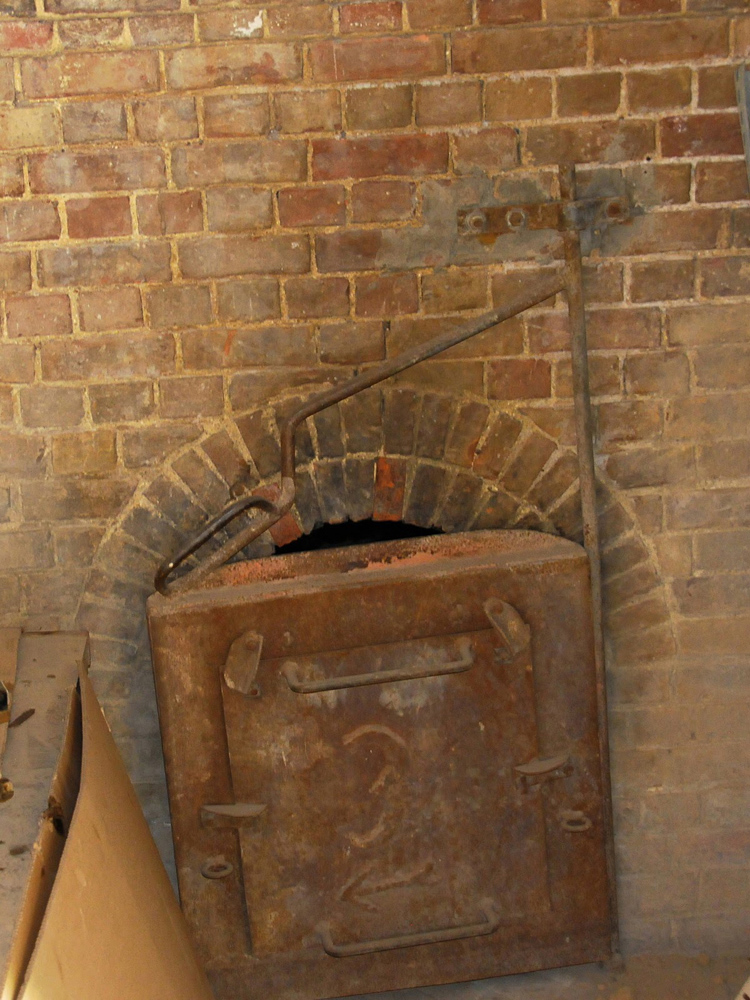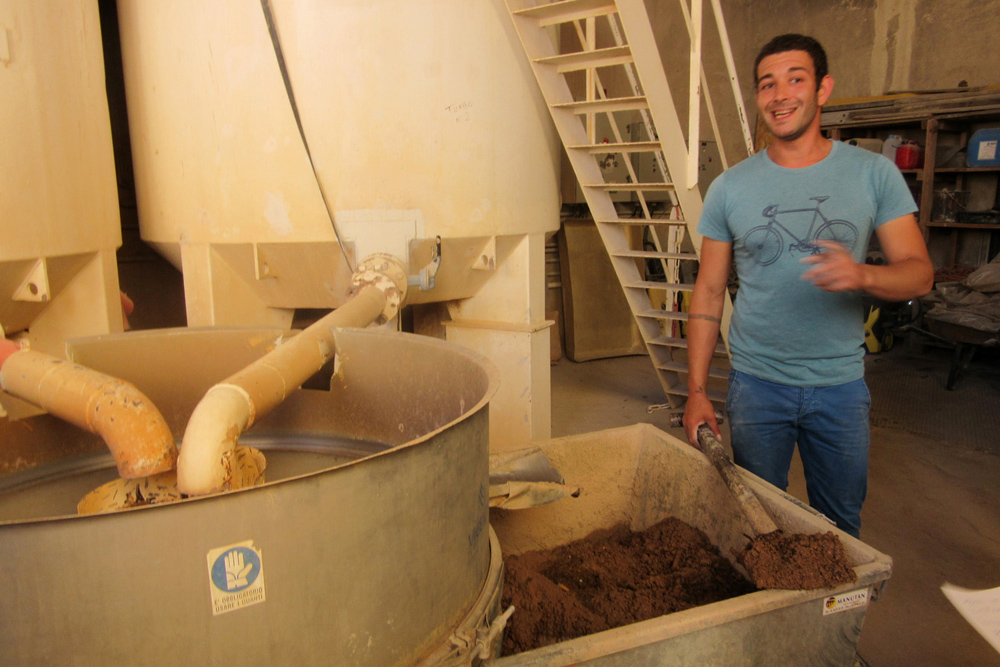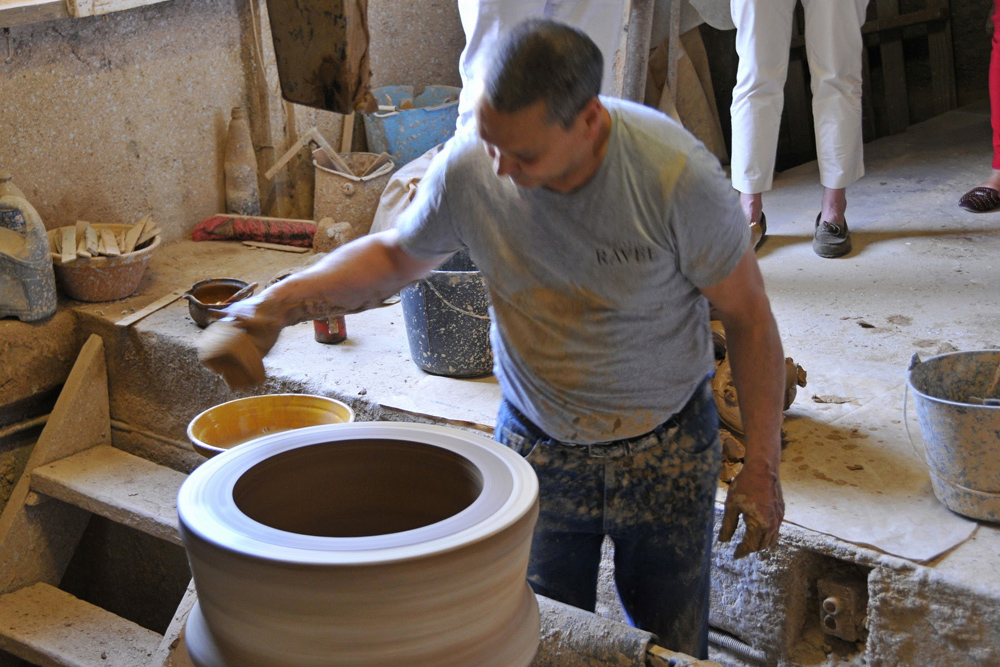May / mai 2017
A visit to Poterie Ravel, Aubagne, Bouches-du-Rhône
Aubagne has long been famous for its potteries but it is the company Ravel which today remains the most well-known, and so it was that MGF members found themselves at its doors for our visit under the most glorious skies.
The pottery has been manufacturing since 1837 and its entire production is made by hand. Today the design style is simple but contemporary and the garden pots come in clays of white, mocha and the classical terracotta. All these pots are press-moulded rather than being thrown on a wheel, due to the weight of clay involved. Generally regarded as the most frost proof pots on the market, they are more expensive than those found in most garden centres, but ‘worth it’. And the company will make signature pieces weighing up to 100 kilos!
We learnt that there has been a pottery on the Ravel site for 200 years from the days when the local argile (clay) supplied all the potteries’ needs. Due to the extent of today’s commercial production this is no longer the case and the clays now come from the Île de France region (or from Spain for the white pots).
During our tour of the extensive and historical buildings which comprise the pottery we learnt that the process of creating a pot is a fascinating one: the initial clay arrives full of all sorts of debris and needs to be cleaned before use is possible. To do this, water is added and the resulting liquid is sieved finely to make barbotine which is then put through an enormous filter and the resulting paste is then extruded and cut into huge ‘sausages’. 12 tons of clay are made here in this way each day.
The renowned classic Ravel pot of 50cm width is made in a mould and drying takes place in special drying rooms over a two week period. The pots are then cleaned of any slight irregularities and stamped with the Ravel name and year and month of manufacture before spending one week in the drying room at 60 degrees, followed by a further 48 hours in a drying kiln at 80 degrees, prior to firing at 1280 degrees. The kiln needs 48 hours to come up to temperature and the same to cool down. Pine wood is used to fire the kiln but because that creates a pale coloured terracotta, nitrogen gas is now added during the firing to cook the iron oxides in the clay to create the much-loved warm tones of Provençal terre cuite.
In addition to the big pots, Ravel offers a huge range of culinary and deco objects and these are all hand thrown by the potters on site who, having spent three years learning their craft, create a piece of pottery ‘poesie’ in 5 minutes, much to the admiration of those of us who gathered around one of them.
Such pieces are then glazed in a choice of house colours by the émailleur, himself a very colourful character and friend of Christian Lacroix!
The factory shop also offers its own range of natural furnishing fabrics and sells tablecloths, napkins, curtains and beautiful linens by the yard in homage to the fact that:
“le tissage constitue, avec la poterie, la plus ancienne trace de l’homme, sa première œuvre’’.
For those of you who have never visited a pottery this would be a very interesting introduction: the staff were charming and enthusiastic and clearly very proud of their pots which, following our visit, grace more of our members gardens than before. So, you are warned, you will be tempted!
Text: Sara Robinson
Images: Christine Daniels, Hubert Nivière and Chantal Maurice
![]()









